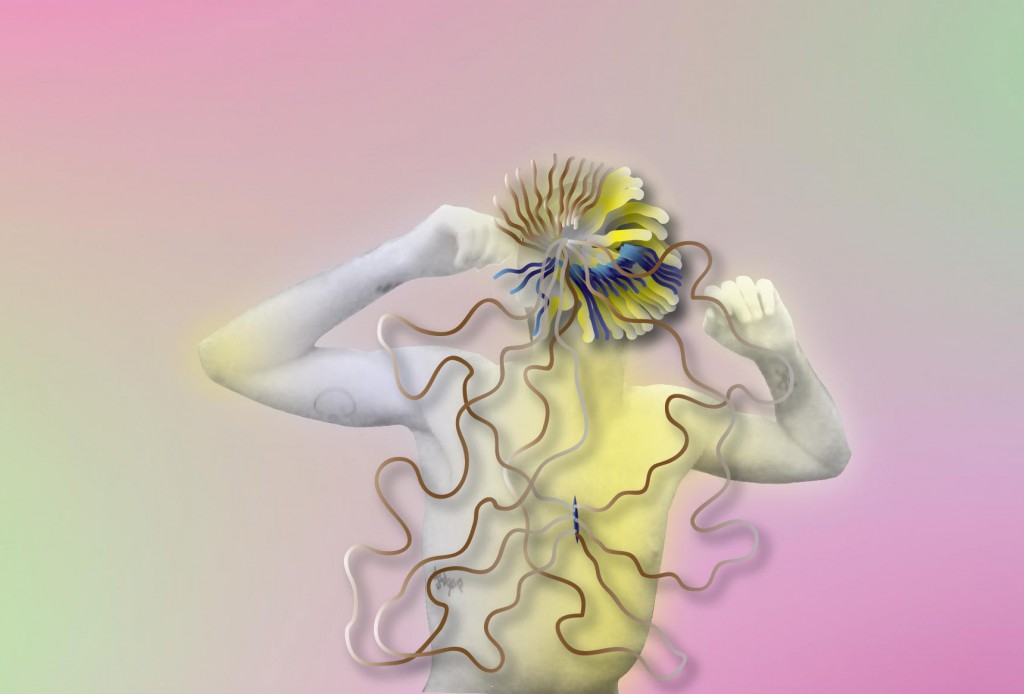
TRISTAN Daniel Nicolas. history of touches.
How are today’s artists grappling with themes of online identity and personal reinvention in the digital age? As part of the “Renewal” issue, ART21 Magazine partnered with NewHive, the multimedia publishing platform and haven for budding digital artists, to explore the varying ways that artists are using the tools of the internet to find and illustrate their inner selves.
TRISTAN is the Bucharest-based visual artist behind two submissions to our open call for art, one of which caught my attention with its rich context and fleshy, undulating texture. I spoke with TRISTAN over Skype to hear more about what it’s like to be an artist in Romania, about how he’s become part of a global community of online artists, and about the tension between virtual life and “real” life.
What’s it like, being an artist in Bucharest, Romania?
I know most of the people in the art scene here—it’s a small crowd. It’s always the same people doing the same stuff—it’s a bit depressing in that way. It’s starting to get stale.
Is that why you make art on the internet?
Here, most of the art spaces are either commercial galleries or smaller spaces focused on workshops for political types of art. People don’t see the internet as a space for high art…but on the internet, I think art is more free. The feedback is instantaneous, and there is no snobby attitude…like when you go to big exhibitions or openings. People I know here say things like, “Yeah, it’s cute, but it’s not real art.” This ongoing debate—of what is art and what is not art—I’m so tired of that discussion.
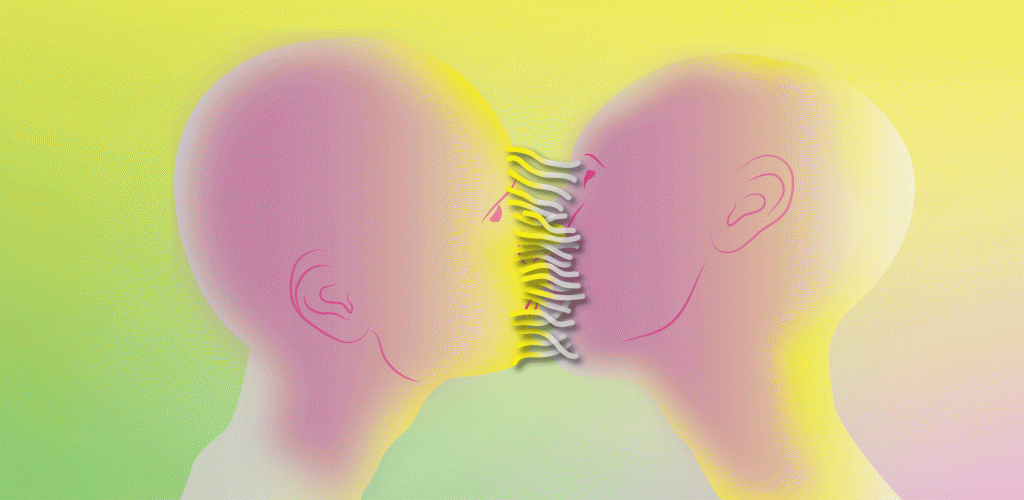
TRISTAN Daniel Nicolas. ADD_DETACHMENT.
After I set up this interview, you friended me on Facebook, and I noticed we have a lot of mutual friends, all digital artists. How did you find this internet art community?
For most of the internet artists I know or admire, I found out about them on Facebook. Even though I don’t know them—we’ve never spoken—I really appreciate the creative work they’re doing. On Facebook, there’s a group devoted to internet art called “New Aestheticians” where people post their work and receive feedback. It’s cool because you feel more connected displaying your artworks there—anywhere on the internet, really—than in a safe, clean environment like a gallery or exhibition space.
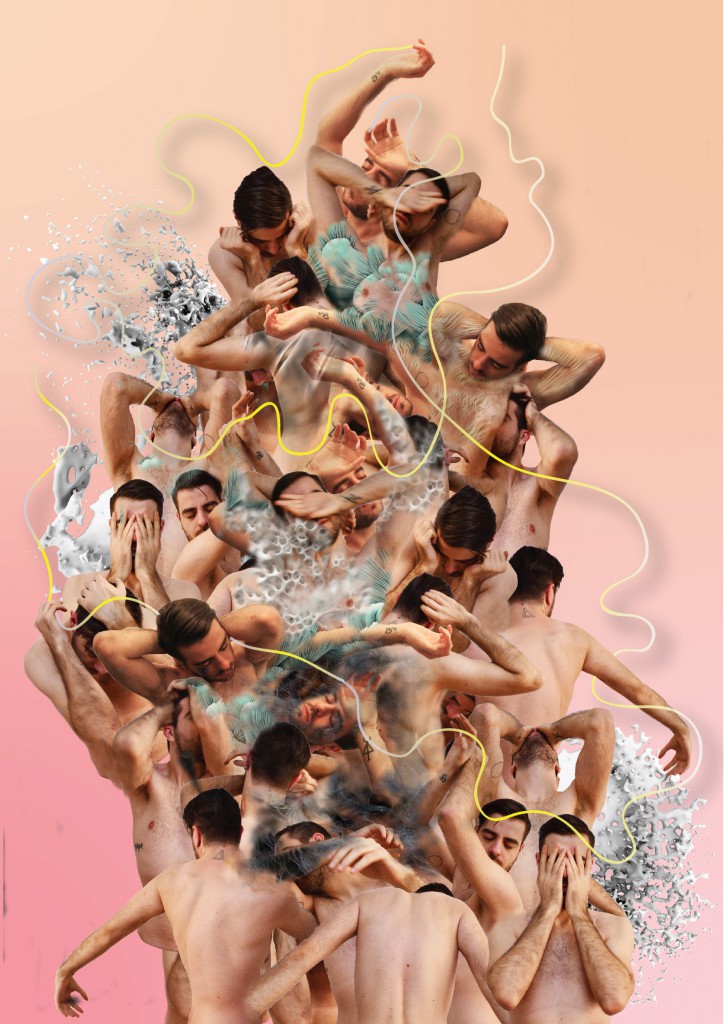
TRISTAN Daniel Nicolas. digital wounds.
The work you submitted to the NewHive open call was really striking. Can you talk about what inspired it?
Most of the work I do relates to renewal: trying to explore and play around with my online identity and my real identity and mixing these together in my art. In the work This Ready Flesh, my main inspiration was the idea of changing yourself—not necessarily physically but the way experiences change you. It’s funny how Facebook reminds you now with Memories—to look at what you were doing a year ago. Everything that you think about and do changes you, whether you want it or not, and even if you don’t notice.
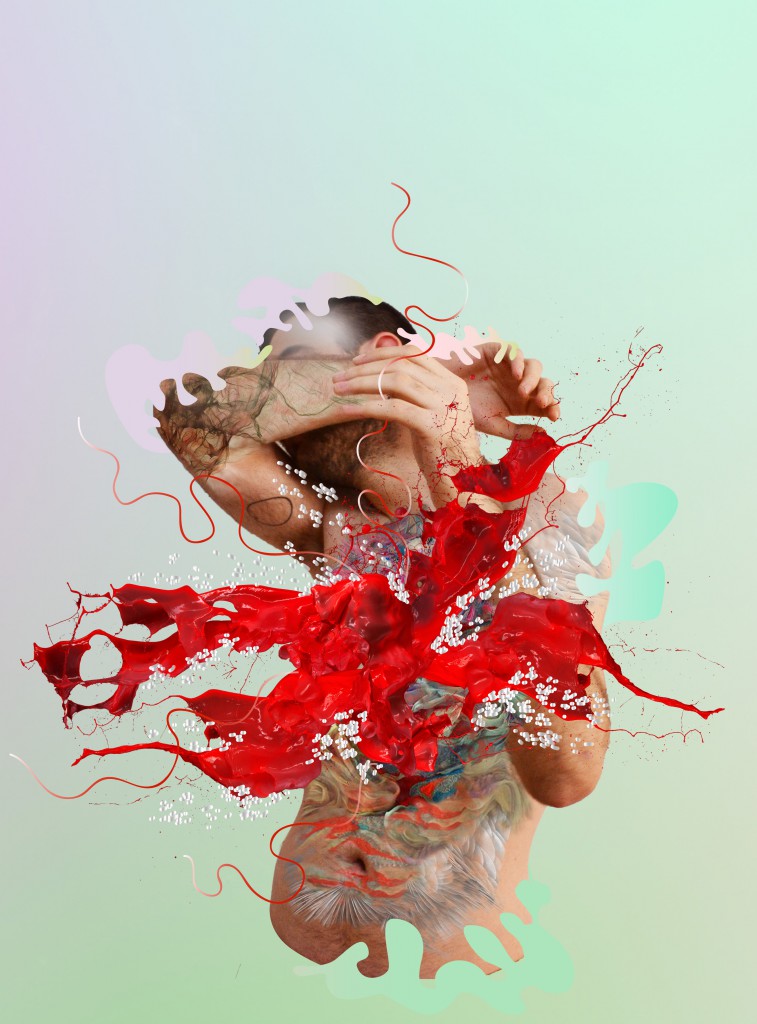
TRISTAN Daniel Nicolas. digital wounds.
How do you feel that you—or your online persona—have changed over time?
I think of my Facebook profile as a display space. My profile picture always presents a story. I’m creating an alter ego. At the very beginning, it was just me, but now I’ve become my alter ego.
So you feel more connected to your digital self than your “real” self?
Definitely. The emotional complexity of what I am now is fueled by the internet, and this whole mixture of social media, movies…I remember the first time I had access to the internet was when I was a teenager. So I’ve had the experience of life before the internet, and it’s totally different now. I’ve changed, and art has changed.
What is it about the internet that lends itself to all of these processes of renewal?
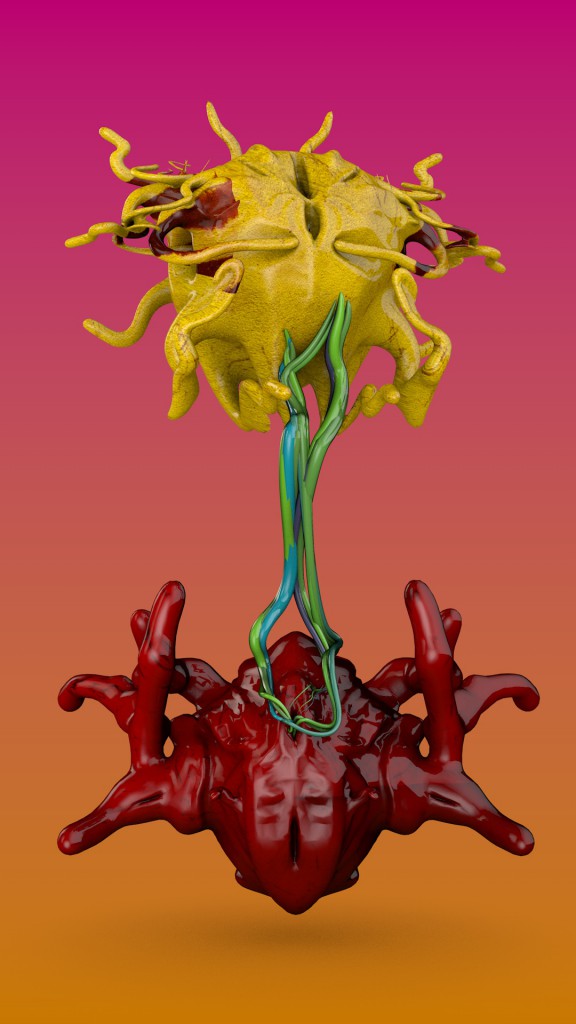
TRISTAN Daniel Nicolas. digital wounds.
This is a cliché, but maybe it’s the freedom of it. You cannot control it, everything is there, and it’s so integrated with our daily lives. You fall in love on the internet, you showcase what you eat and what you are, when you go to the dentist, when you have cancer…everything is there. The internet is a projection of life, and maybe it’s a bit sick, but it’s a reflection of what we are and what we will be. More and more, I have this symbiotic relationship with how technology advances. I’m more of an internet optimist than a pessimist. I use it, and it uses me.
See more of TRISTAN’s art on his Facebook page, and see more Renewal-inspired internet artwork on NewHive.



